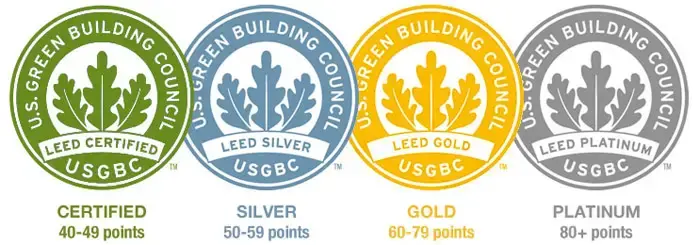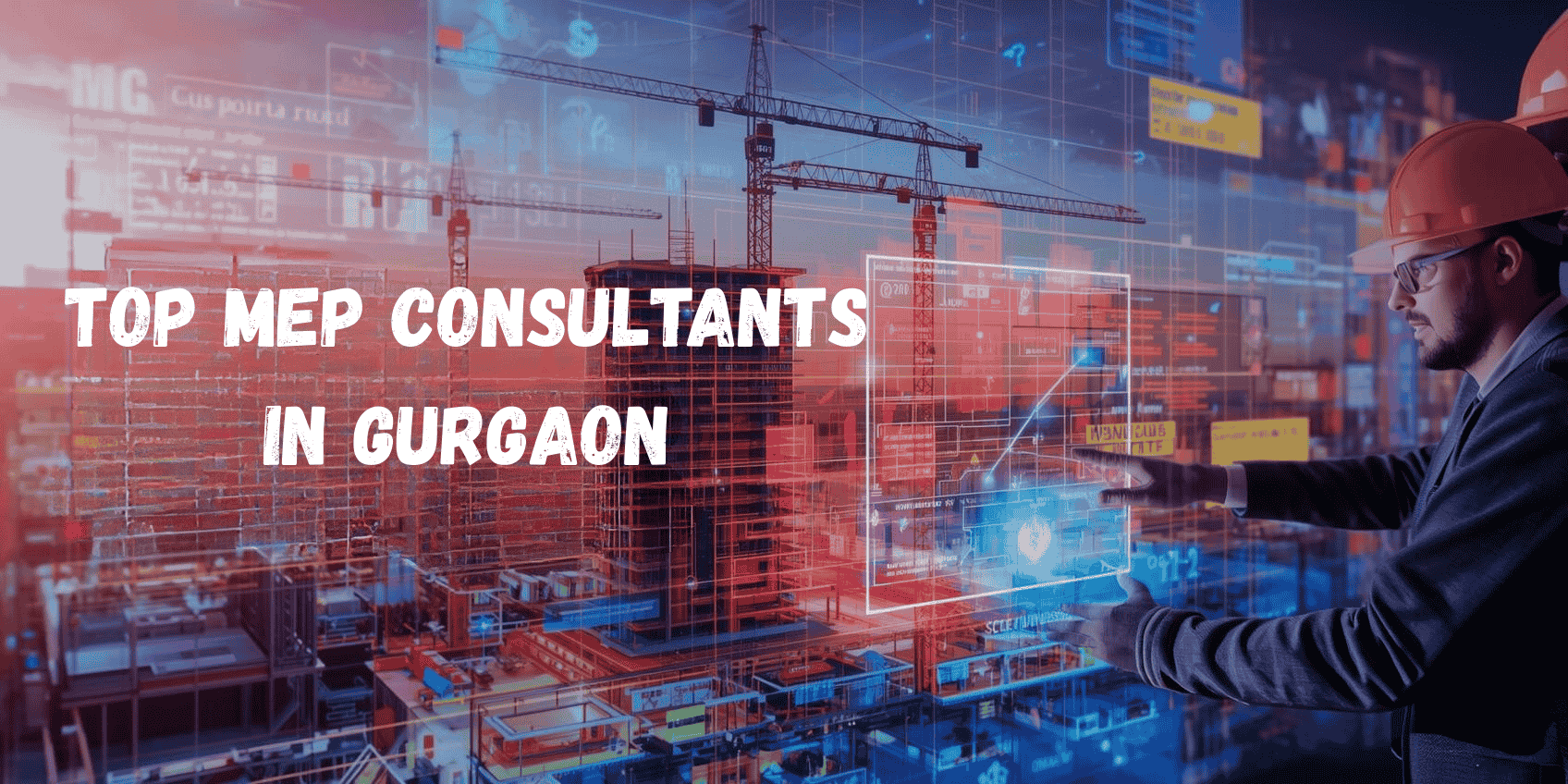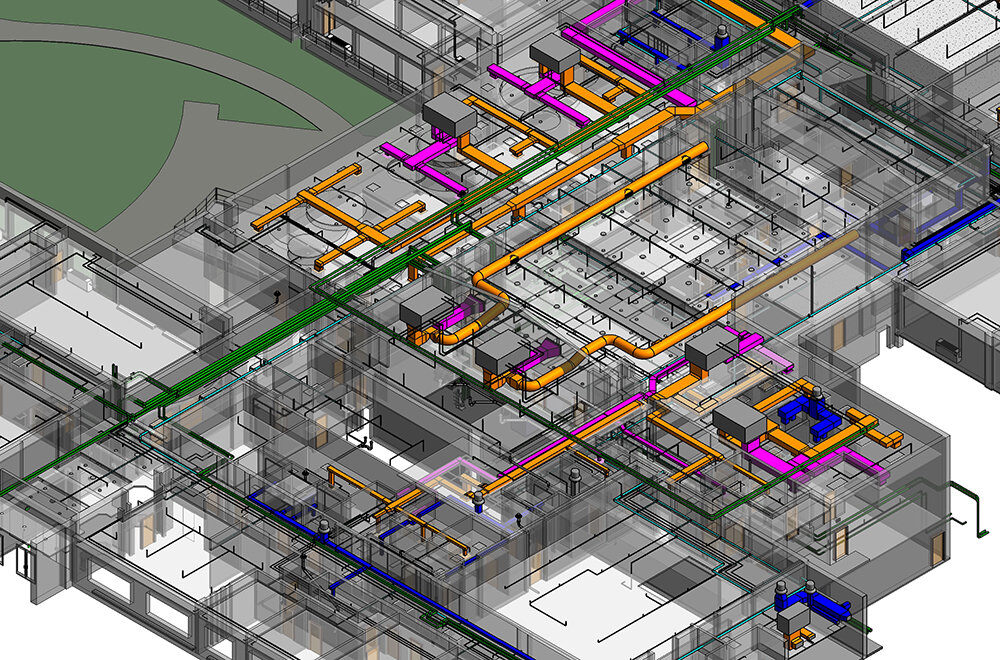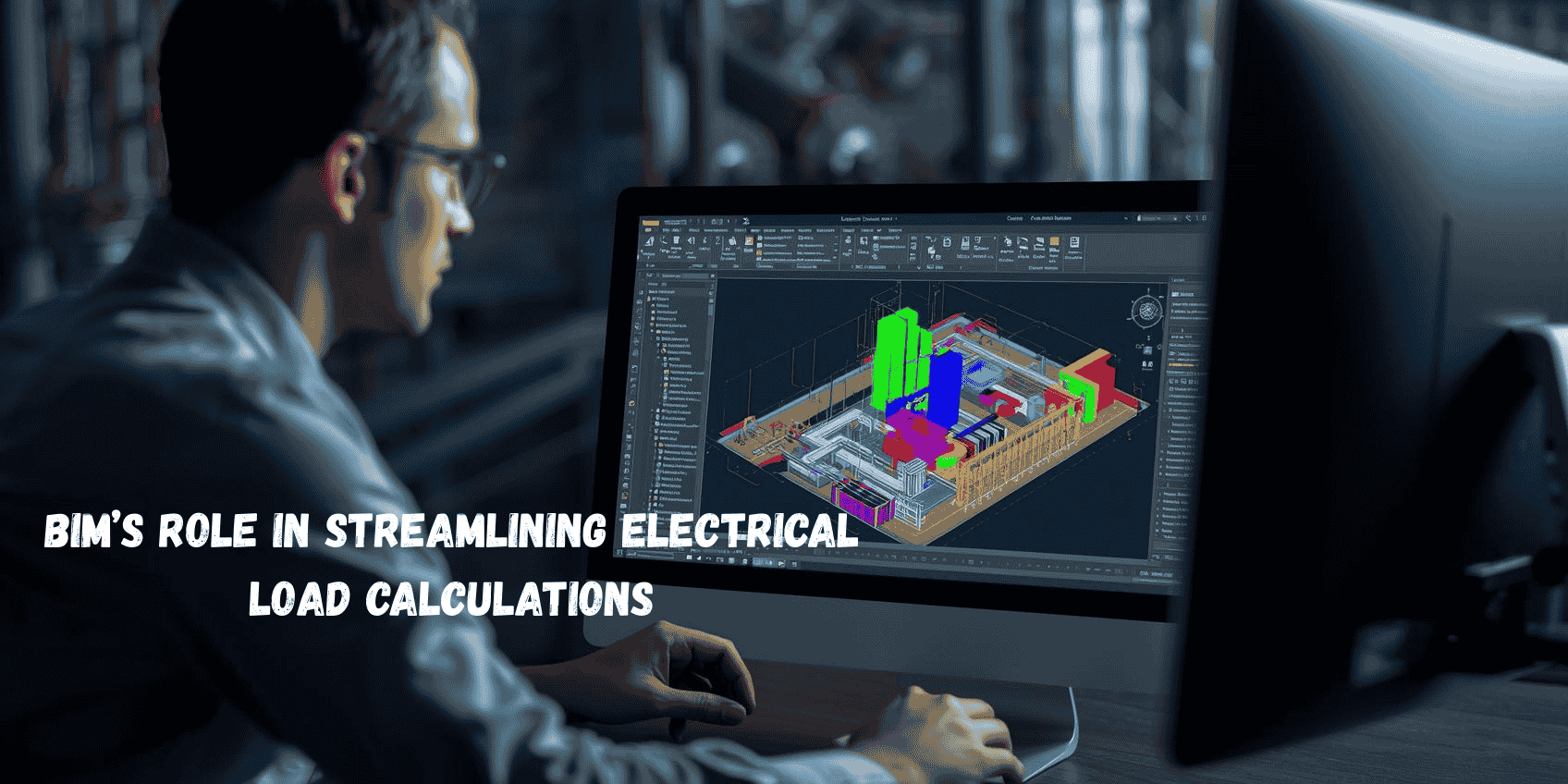
One phrase in modern architecture and construction is on everyone's lips: LEED certification. And for good reason. Buildings today are not just expected to look stunning; they are expected to be sustainable, energy-efficient, and environmentally responsible. But who or what makes that happen? Enter the world of MEP design, the unsung hero behind energy-efficient, green-certified buildings.
Whether you are a fresh graduate exploring MEP jobs or a seasoned MEP design engineer looking to upskill, understanding how MEP design supports LEED certification is more than a nice-to-have—it is a must. Let us deeply dive into how sustainable MEP design is central to achieving that shiny LEED plaque on your building.
Understanding LEED Certification, Its Importance and Requirements

LEED certification is a globally recognised benchmark for sustainable building design and operation. It helps ensure that a building is energy-efficient, environmentally responsible, and resource-efficient. Meeting LEED certification requirements is crucial for any project aiming to reduce its environmental footprint, and thoughtful MEP design plays a vital role in this process.
Key LEED certification requirements include:
-
Sustainable Sites – Eco-friendly location selection and reduced environmental disruption
-
Water Efficiency – Minimised water usage through low-flow fixtures and clever plumbing design
-
Energy and Atmosphere – Improved energy performance through efficient MEP systems
-
Materials and Resources – Use of sustainable, recycled, and regionally sourced materials
-
Indoor Environmental Quality – Enhanced air quality, ventilation, and occupant comfort
-
Innovation in Design – Creative approaches like MEP BIM modelling and Revit MEP integration
-
Regional Priority Credits – Addressing location-specific environmental challenges
Types of LEED Certification
LEED is not a one-size-fits-all framework. It adapts to different types of construction and operational needs. Here are the main types of LEED certification:
-
LEED for Building Design and Construction (BD+C): Ideal for new constructions and major renovations.
-
LEED for Interior Design and Construction (ID+C): Focuses on tenant fit-outs and interior projects.
-
LEED for Building Operations and Maintenance (O+M): Perfect for existing buildings looking to become more efficient.
-
LEED for Neighbourhood Development (ND): Targets larger-scale developments.
-
LEED for Homes: For residential properties that aim to be energy-efficient and sustainable.
Regardless of the category, effective MEP design is a constant. Whether working on an office tower or a multi-residential block, getting the MEP infrastructure right is key to ticking off LEED categories.
Criteria & Levels of LEED Certification
LEED operates on a points-based system. The more sustainability features you integrate into a project, the more points you earn. These points determine your LEED certification level:
- Certified: 40–49 points
- Silver: 50–59 points
- Gold: 60–79 points
- Platinum: 80+ points
Each point earned reflects a measure of excellence in green building practices. MEP systems contribute heavily in categories like Energy & Atmosphere, Water Efficiency, and Indoor Environmental Quality.
How MEP Systems Influence LEED Certification
A well-planned MEP design ensures comfort and safety and contributes significantly to meeting LEED certification requirements.
Key ways MEP systems influence LEED certification:
-
Energy Efficiency – Smart HVAC, lighting, and power systems reduce energy consumption and carbon footprint
-
Water Conservation – Efficient plumbing design and fixtures support water efficiency goals
-
Indoor Air Quality – Advanced ventilation and filtration enhance occupant health and comfort
-
System Integration – Coordinated MEP design ensures all systems work harmoniously to optimise building performance
-
Performance Modelling – Tools like Revit MEP and MEP BIM modelling allow early detection of inefficiencies
-
Automation and Controls – Intelligent controls optimise operation and reduce energy waste
-
Renewable Integration – Electrical systems can be designed to support solar or other renewable sources
Why Sustainable MEP Design is Essential for LEED Certification
Let us be clear: without sustainable MEP design, your chances of securing LEED certification are very slim. Why? Because MEP works in construction, it directly affects some of the most heavily weighted categories in the LEED scoring system. Here is how:
1. Energy Efficiency
Mechanical systems are energy guzzlers. Sustainable MEP design minimises energy use through high-performance HVAC equipment, smart zoning, and integrated building automation systems. The goal is to use just what is needed, no more, no less.
2. Water Management
Modern MEP design software enables engineers to integrate greywater recycling, rainwater harvesting, and low-flow fixtures into plumbing layouts. These contribute massively to the Water Efficiency credits in LEED.
3. Indoor Environmental Quality
LEED rewards projects that ensure superior indoor air quality, thermal comfort, and access to daylight. Smart ventilation and filtration—core components of MEP systems—are central to this.
4. Emissions Reduction
Energy-efficient MEP equipment saves money and cuts greenhouse gas emissions, which is another win in the LEED points game.
It is no surprise then, that companies are investing more in skilled MEP design engineers and advanced MEP design services to meet these rising standards.
MEP Design Strategies That Support LEED Goals
If you are looking to align your project’s MEP design with LEED certification requirements, here are some top strategies to adopt:
1. Integrated Design
From day one, all teams, architects, engineers, sustainability consultants will work together. This collaborative approach ensures your MEP infrastructure fully aligns with the project’s green ambitions.
2. Energy Modelling
Use MEP BIM modelling tools to forecast energy performance under different configurations. These simulations, often run using Revit MEP, guide you toward the most efficient solutions.
3. High-Performance Systems
Choose MEP equipment with high energy efficiency ratings. Ensure your HVAC system includes features like heat recovery, variable-speed drives, and automated controls.
4. Smart Controls
Automated lighting and HVAC systems optimise energy usage throughout the day. These are easily managed through modern MEP software.
5. Water-Saving Solutions
Incorporate low-flow faucets, dual-flush toilets, and water reuse systems into your plumbing design. MEP design software can precisely model these.
6. Renewable Integration
Design your electrical system to accommodate solar panels, wind turbines, or other renewable sources. This will future-proof your building and earn you extra LEED points.
7. Prefabrication
An emerging trend in MEP work in construction is prefabrication. Pre-built MEP modules reduce on-site waste and ensure higher precision, both of which support sustainability goals.
Conclusion
Sustainability in the built environment is no longer optional; it is the future. And MEP design sits right at the heart of it. Smart MEP systems do it all, from reducing energy consumption and improving air quality to saving water and cutting emissions. Whether you are eyeing a LEED certification for a new project or trying to upgrade an existing building, investing in sustainable MEP design services is the smartest step. With tools like Revit MEP, MEP BIM modelling, and modern BIM software, designing for performance is more streamlined than ever.
Let us not forget the human side. This shift is also fuelling the demand for talented MEP design engineers, making the MEP industry one of the most exciting and impactful sectors today. You should consider checking the BIM Professional programme for MEP Engineers by Novatr. So, if you are wondering where to focus your next design effort or which skill to master for your career, remember: green is the way forward, and MEP design is the vehicle that gets us there.
Check out the Resources Page for the most recent information, resources, and insights into the MEP and BIM sectors.
Was this content helpful to you



.jpeg)


.png)
